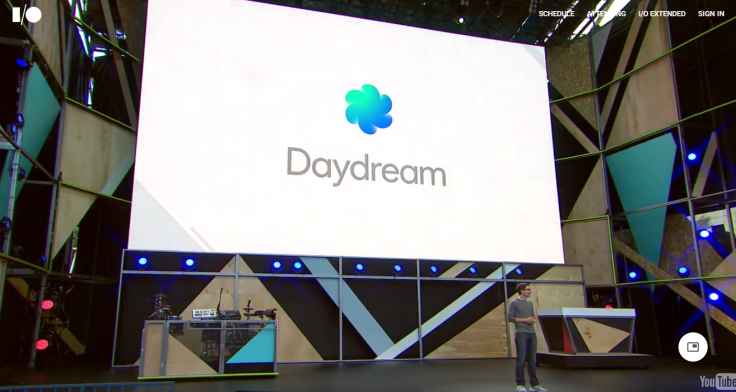Google shared its plans for virtual reality during its I/O 2016 Keynote Wednesday. The tech company showcased Google Daydream, which will stand as a unifying VR platform for Android devices. Daydream will have compatibility with smartphones intended for VR, VR headsets and controllers, and VR applications.
Smartphones will have have to meet certain specifications, including a high performance sensor, display and processor to be considered “Daydream ready.” The main aim is to keep latency (the time it takes VR to register movement) under 20 seconds.
Google did not indicate what these specs are; however, company representatives did mention that manufacturers including Samsung, HTC, LG, Xiaomi, Huawei, ZTE, Asus, and Alcatel will announce Daydream-ready phones in the second half of the year. Daydream itself will launch in the fall, according to Google’s VP of Virtual Reality, Clay Bavor.
Google has also developed a VR controller, which will stand a blueprint for controllers from other manufacturers. The basic design includes minimal buttons and a clickable trackpad, as well as the orientation sensors necessary for VR.
For VR applications, Google has created a Google Play store specifically for VR apps. Once apps are downloaded, users can access them from the Daydream home. Google has partnered with companies including The Wall Street Journal , CNN, USA Today , Netflix, Hulu, HBO, and Major League Baseball to create Daydream applications. Daydream will also work with Google applications including Google Play Movies, Google Street View, Google Photos and YouTube.
YouTube in particular will have the world’s largest collection of VR video content, according to Bavor. The Google headset will also be able to project standard video.
Daydream will release in the fall, alongside Google’s stock Android hardware.

















